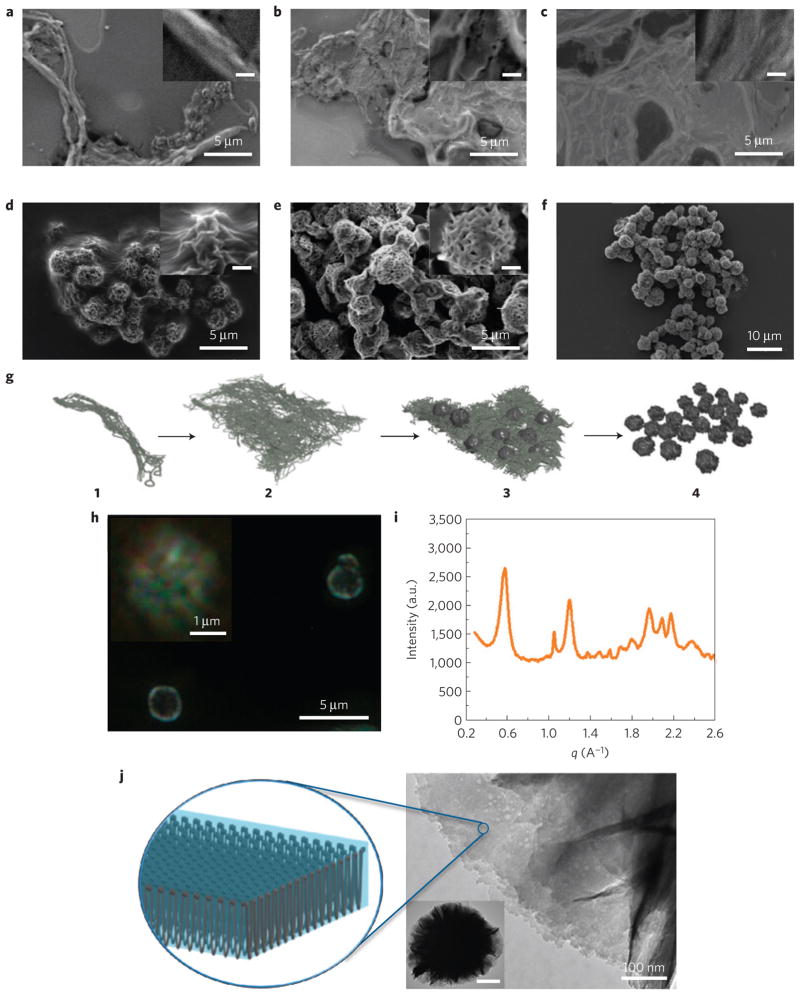Figure 3. Formation of sponge-like spherical structures purely with RNA strands.
a–e, SEM images of RNA products of time-dependent RCT at 37 °C for 1 h (a), 4 h (b), 8 h (c), 12 h (d) and 16 h (e). Inset: scale bar, 500 nm. f, Image of mature RNAi-microsponges after 20 h RCT. g, Schematic of the formation of RNAi-microsponges. The spherical sponge-like structure is formed through a series of preliminary structures. A tandem copy of RNA strands from the RCT reaction are entangled and twisted into a fibre-like structure 1. As the RNA strands grow, they begin to organize into lamellar sheets that gradually become thicker 2; as the internal structure of the sheets begins to get very dense, some of the RNA sheets begin to grow in the z direction, possibly owing to the limited packing area for the RNA polymer as it is produced by the reaction. This process could generate a wrinkled semi-spherical structure on the sheet 3. Finally, the entire structure begins to pinch off to form individual particles consisting of gathered RNA sheets 4. h, Polarized optical microscopy of RNAi-microsponges. i, X-ray diffraction pattern of RNAi-microsponges. j, TEM images of RNAi-microsponges and schematic representation of the proposed crystal-like ordered structure of an RNA sheet in the microsponge. Inset: scale bar, 500 nm.

